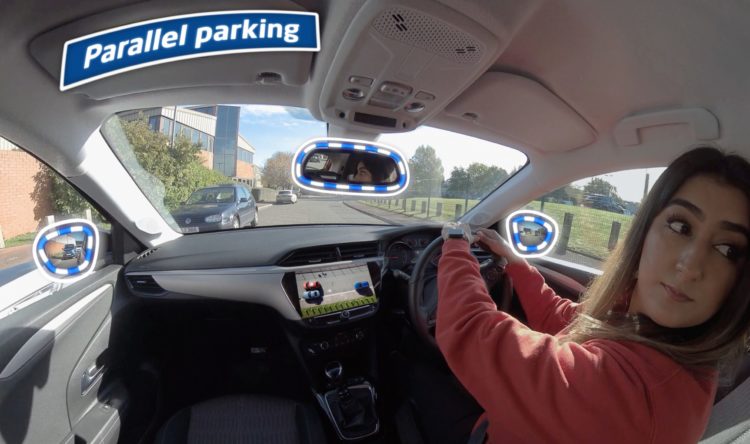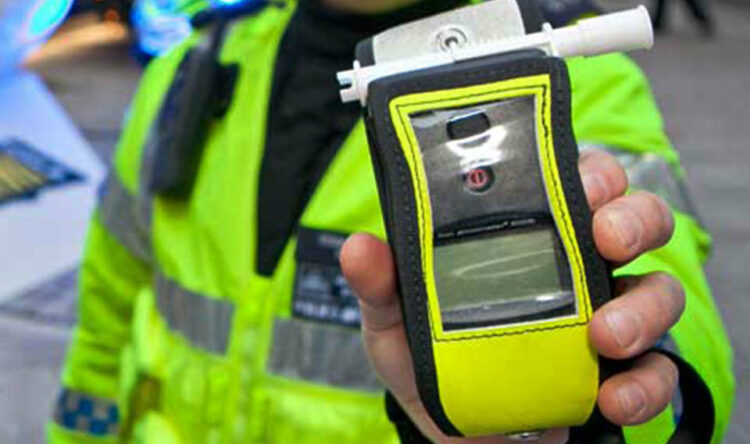Trailer towing licence vote
NASP send letter to ministers
NASP and NTTA have sent a letter to key Ministers and MPs in advance of the vote on the removal of B+E testing.
Though there has been a temporary delay to the change, this is due to the wait for Parliament to vote on the changes.
In a last ditch attempt to get the proposal reversed, the driver training industry has written to ministers. You can read the letter here.
If you also feel the changes are wrong, why not send the letter below to your own MP. You can find your MP’s name and email address here.
Copy and send?
Dear
Make a more informed vote on removing the requirement for car drivers to take additional test to tow a trailer. Use your vote to keep our roads safe.
This week you will be asked to vote on an amendment to a statutory instrument which will allow for the removal of a need for a specific test for car drivers towing a vehicle. The Motor Vehicles (Driving Licences) (Amendment) (No. 2) Regulations 2021 will remove the requirement for drivers who hold a category B licence, namely for driving a car, to take a separate car and trailer— category B + E—test before they can drive a vehicle combination in that class. Previous details and debates on this amendment can be found here:
These proposed amendments result from the consultation which took place earlier this year ‘Changes to HGV and bus driving tests and allowing car drivers to tow a trailer without an extra test’ (published August 10tH 2021).
Whilst there is an acknowledged need to expedite the LGV and bus driver licensing process – largely achievable through the removal of staging which the Motor Vehicles (Driving Licences) (Amendment) (No. 4) Regulations 2021 facilitates) – driver training industry, trailer safety and wider road safety stakeholders are lobbying in particular against The Motor Vehicles (Driving Licences) (Amendment) (No. 2) Regulations 2021 which would allow the removal of a requirement for car drivers to tow a trailer without the need for an additional test.
Since these proposals were first made important road safety concerns has been voiced. We have previously written to both ministers and MPs to highlight both the increased road risks and the economic impact on the B+E training industry the removal of a requirement to test car drivers who wish to tow would have (a copy of this correspondence is available at https://n-a-s-p.co.uk/nasp-continues-to-challenge-be-changes-and-urges-members-to-lobby-mps).
In addition to raising crucial road safety concerns about these changes, we now also challenge the rationale for the amendment to The Motor Vehicles (Driving Licences) (Amendment) (No. 2) Regulations 2021 as being designed to free up further LGV testing capacity. As a basis of this challenge we would highlight that LGV test supply has now increased, actual demand has not met forecast, leading to surplus LGV tests being currently available in most areas of the UK.
Regardless of the challenges DVSA had in resourcing driver and rider testing, and the forecasts made around need for LGV tests, at the time these proposals were made (and the consultation took place) the overwhelming road safety risk inherent in not requiring inexperienced car drivers to take a test which is designed to assess their competency and safety before letting them loose on our roads should still have given cause for grave concern – and much deeper consideration and consultation with the relevant stakeholders.
It is also important to note that the veracity of the overall public consultation on this matter is to be challenged as it closed before key driver training and towing safety stakeholders could effectively respond, and as a result the balance of response seems more weighted towards concerns over the recruitment and deployment of lorry drivers than road safety.
This particular element of the proposals (removing the requirement for car drivers to undertake an additional test) was a misguided one at the time the consultation took placed but subsequently seen in the context of the progress of DVSA’s recovery and increasing capacity of testing services, the need to dispense with B+E testing for car drivers to free up examiner resourcing elsewhere appears less warranted now. Especially coupled with the less than expected actual demand for LGV tests.
Driver testing capacity has increased exponentially since this consultation took place and capacity for both vocational and other testing has improved to the point that multiple tests are now freely available each week in many regions of the UK. Imagine how maddening it is for B+E trainers, who may also train in LGV and bus categories, being offered spare test slots, or seeing considerable capacity in the booking system, at the same time as they are being told they will lose B+E business because the same agency can no longer spare the examiner capacity to provide those tests?
B+E testing for car drivers amounts to, on average, 30,000 tests per annum – this equates to roughly 1.7% of driving tests taken each year. It is not a huge amount of tests to resource – even given the special circumstances these tests take place in (i.e. they are normally conducted at vocational test centres, this could be potentially reviewed to understand how these tests could be conducted in a more flexible and efficient manner – i.e. more examiners deployed to candidate’s location, or to more local B+E training centres where the candidate will have inevitably undertaken training and which many trainers would be happy to facilitate).
Figures from Highways England show around 4,000 accidents a year involved trailers of one description or another. That’s an average of just under 11 accidents per day. And these are just the accidents which occur on the strategic road network (SRN), these figures do not include the hundreds of incidents which take place on rural and urban roads each week. Such incidents constitute a serious risk to road users, but equally have a tangible financial impact when you consider the cost of hold ups, recovery, road repair etc, when vehicles crash or overturn due to driver error. Many trailer safety, and wider road safety stakeholders in the UK (and across Europe), have expressed severe concerns at the move to create further risk in towing by not requiring testing, which brings with it the accompanying risk drivers will not undertake any training in towing safely at all once a requirement for testing is removed.
DVSA has talked up a new accredited trailer training scheme to mitigate the risks of removing a testing requirement. The reality is that, although we have supported and significantly contributed to these discussions so far, progress is slow and a new scheme is not ready in time for testing being halted, nor do we see such a DVSA led scheme being available in a timely manner.
Concerned about the critical gap this will cause, NASP and NTTA have taken it upon themselves to work together to map out a new holistic training and testing framework (designed to educate drivers about the risks of the towing, how to mitigate them and offering formal assessment routes) which can be readied for launch imminently and which has the support of wider towing stakeholders in the leisure, animal transport and plant towing sectors. We have highlighted to DVSA that this scheme is virtually ‘good to go’ and has industry and stakeholder backing but the preference of the agency appears to be to forge on with even more discussion and a possible lengthy procurement process – all of which will take further time and widen the road safety gap. We are happy to discuss our scheme with stakeholders minded to focus on a more agile approach, one which is also accessible and engaging to both training providers and drivers and includes incentives such as reductions in insurance premiums for drivers engaging in training and assessment.
However, whilst developing a new and more consistently adopted national training scheme for towing is a worthy goal regardless, the biggest issue remains that removing a statutory requirement for a test for car drivers means many will now not engage in any form of training and there will be no barrier to inexperienced and untested drivers taking to the roads towing often unstable and unsafe loads, or unable to adjust their driving to accommodate towing creating the opportunity for further accidents.
It is also not unreasonable to ask whether DVSA is indeed capable of continuing to provide B+E tests to car drivers (albeit reviewing how they may do this more efficiently via the use of delegated examiners or looking at pragmatic solutions such as allowing the market to provide a mandatory test) to mitigate the risk of incompetent and unsafe drivers taking to our roads and risking injury or worse to themselves, other road users or any animals they may be transporting. Indeed, we’d point to the amount of unsold LGV tests that are getting wasted every week as there are not enough drivers coming through for testing.
We’d ask those MPs voting on this motion this week to weigh the road safety risk of not requiring car drivers to take an additional B+E test at all against the decreasing risk of insufficient DVSA testing capacity – as well as considering whether a rush to put lorry drivers on our roads is more important than the lives of other road users.
Please consider carefully how you will vote on this amendment and ensure your vote supports road safety overall.






